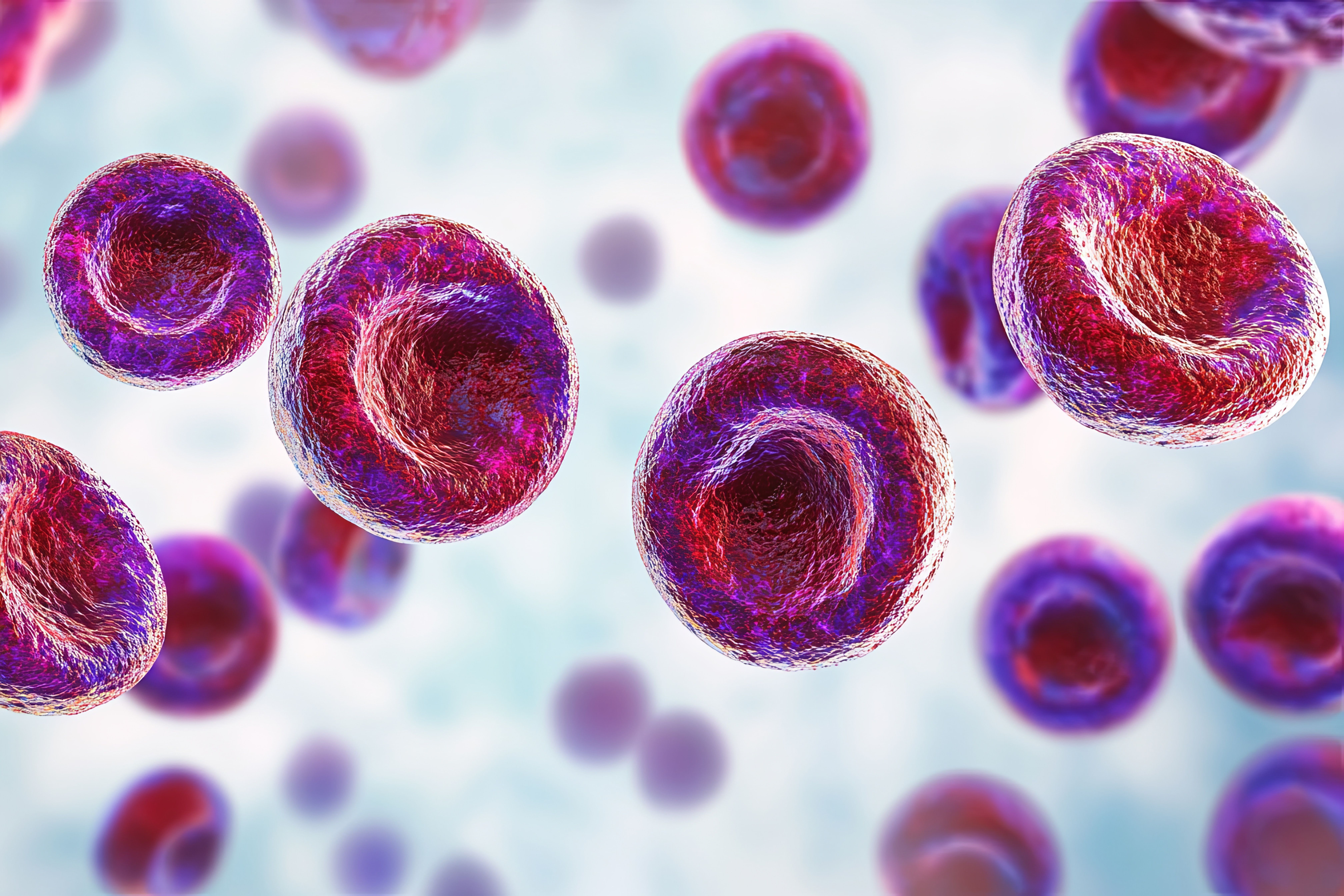Article
Secukinumab Shows Rapid, Sustained Improvement of Hidradenitis Suppurativa
Author(s):
SUNSHINE and SUNRISE trial data will be submitted to the FDA as part of Novartis’ Biologics License Application (BLA) for secukinumab in hidradenitis suppurativa.
Late-breaking abstract findings at the 31st European Academy of Dermatology and Venereology (EADV) Congress showed that Cosentyx (secukinumab; Novartis) was associated with significantly rapid and sustained improvement in hidradenitis suppurativa (HS) signs and symptoms.
Two pivotal phase 3 studies (SUNSHINE and SUNRISE) examined 2 dose regimens (300 mg every 2 [Q2W] or 4 weeks [Q4W] after standard weekly loading doses) of secukinumab, a fully human monoclonal immunoglobulin G1/j isotype antibody that selectively binds to and neutralizes the proinflammatory cytokine interleukin (IL)-17A, across 16-week (vs placebo) and 52-week treatment periods in patients 18 years and older with moderate to severe HS.
“HS can cause intense pain, disability, and anxiety, impacting many aspects of daily living. However, there are only limited treatment options available that can make a difference to people living with this debilitating disease,” said lead study author Alexa B. Kimball, MD, MPH, investigator at Beth Israel Deaconess Medical Center and professor of dermatology, Harvard Medical School, in a press release from Novartis.
A total of 541 (SUNSHINE) and 543 (SUNRISE) enrolled patients with HS were randomized to secukinumab 300 mg Q2W or Q4W or placebo. Several end points were assessed to determine efficacy and safety superiority of secukinumab at week 16 vs placebo:
- Primary end point: HS clinical response (HiSCR), defined as at least a 50% decrease in abscess and inflammatory nodule (AN) count with no increase in the number of abscesses or in the number of draining fistulae relative to baseline
- Secondary end points: AN count, flares, and numerical rating scale (NRS) for pain (ranging from 0 to 10) of at least 30% reduction and at least 2-unit reduction from baseline (NRS30)
Findings indicated that a significantly higher proportion of patients achieved HiSCR when treated with secukinumab 300 mg Q2W compared with placebo at week 16 in both the SUNSHINE (45.0% vs 33.7%; P = .0070) and SUNRISE (42.3% vs 31.2%; P = .0149) trials.
In addition, secukinumab 300 mg Q4W was superior to placebo in achieving HiSCR in the SUNRISE study (46.1% vs 31.2%; P = .0022), but statistical significance was not met in the SUNSHINE study (41.8% vs 33.7%; P = .0418). HiSCR to secukinumab was reported to be in line with sustained and continued improvement up to 52 weeks of treatment.
Regarding the secondary end points, data pooled from the 2 studies showed that the 300 mg Q2W dose of secukinumab proved statistically superior to placebo in reducing skin pain (NRS30), the most bothersome symptom of HS, with larger treatment effects observed as early as week 4. Fewer patients treated with secukinumab (Q2W/Q4W) experienced flares in the SUNSHINE (15.4%/23.2% vs 29.0%) and SUNRISE (20.1%/15.6% vs 27.0%) trials at week 16 compared with placebo, and a decrease in AN count with secukinumab appeared as early as week 2 for both studies.
Secukinumab was noted to be well tolerated and consistent with the known safety profile in other approved indications. “These efficacy and safety findings are promising for people living with HS, who are in urgent need of new treatment options,” said Kimball.
Novartis’ press release said that the presented data will be submitted to the FDA this year and has already been sent to regulatory authorities in Europe, with the goal of bringing secukinumab as a new treatment option to patients living with HS as soon as possible.
The SUNNY program, containing both SUNRISE and SUNSHINE trials, is the largest phase 3 trial for HS, with more than 1000 patients enrolled across 33 countries. Long-term results from the trials are expected to be published in 2023.
Reference
Kimball AB, Alavi A, Jemec GBE, et al. Secukinumab in moderate to severe hidradenitis suppurativa: Primary endpoint analysis from the SUNSHINE and SUNRISE Phase 3 trials. Presented at: 31st EADV Congress; September 7-10, 2022; Milan, Italy.





